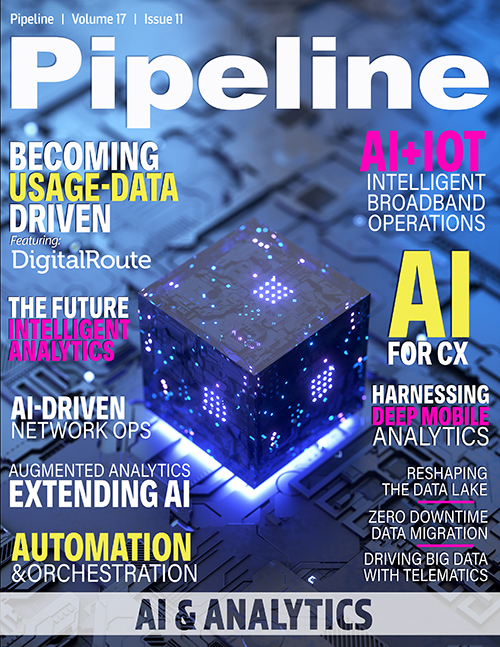An AI-Driven Future for Network Operations
By: Fabio Gavioli, Claudio Passera

Complexity is costly, but it’s a reality in network performance and operations today. To successfully run high-performance 5G services, a mobile network requires an outstanding transport infrastructure, capable of satisfying different services’ needs, from capacity and latency to sync and more. The network must run with the highest reliability.
Even this is not enough, though. When the unexpected occurs, a fast, efficient operating response makes the difference between seamless network performance and disruptions that interrupt traffic. This article examines 5G backhaul composition, network complexity, and the transformative potential of artificial intelligence on networks.
The role of microwave radio
Today, according to research by GSMA and ABI, microwave radio technology accounts for over 65 percent of the mobile backhaul connections globally. The use of microwave radio as the preferred backhaul technology is expected to remain in the foreseeable future (forecasted to be over 60 percent in 2027).
On average, a European mobile operator has over 25,000 microwave radio links nationwide, generating over one million event records per day, plus several performance measurement points, generating bulk data that can easily reach one to two billion records annually.
The analysis of such a giant amount of data is a task of titanic proportions—and this is why it is generally done by operators in a reactive manner. Once an event occurs, data is examined for troubleshooting to fix the outage and restore network operations.
Thanks to the use of AI- and ML-empowered applications, raw big data can be analyzed by an artificial neural network (ANN), moving to an automated and reasoned approach to predict network behavior, recognize known network patterns, and intervene before an impairment happens. In the case of an unexpected event, a tempestive reaction can be put in place, avoiding critical escalations and maximizing the network uptime.
An evolution toward a new network management model—SDN, or software-defined networking—has been underway for some time. SDN introduces a software module named domain controller that acts as the network operating system. This software module collects all the data from the network elements and abstracts the interfaces to manage them to higher management levels, allowing applications to easily interact with the network.
The high cost of complexity
In most cases, an operator uses two or three vendors to build the backhaul network, resulting in a multivendor proprietary OSS-based solution. But this comes at a cost.
In the pre-SDN world, each vendor supplied the microwave radio links as well as its own OSS solution to manage, supervise and collect performance data on the equipment, based on a proprietary protocol implementation.




















